Last Update: 2022-07-28
- Installation
- 3D Earth observed from infinite distance
- 3D Earth observed from finite altitude
- 2D world map
- 2D world map with stock image
- Draw points, lines, & great circles
- Add features
- Overlay images
- Overlay vectors
- In the Julia command line:
using Conda; Conda.add("Cartopy") - In computer's command line (Terminal on Mac, Command Prompt on Windows):
conda install -c conda-forge cartopy
--
When using Python modules (of which Cartopy is an example) in Julia rather than in Python, the syntax generally changes as follows:
- Python & Julia 1.0:
ax.stock_img() - Julia ≤0.7:
ax[:stock_img]()
--
using PyPlot, PyCall
ccrs = pyimport("cartopy.crs")
feature = pyimport("cartopy.feature")
lat = 15 # degrees
lon = -50 # degrees
ax = subplot(projection=ccrs.Orthographic(lon, lat))
ax.set_global() # make the map global rather than have it zoom in to the extents of any plotted data
ax.add_feature(feature.OCEAN, color="navy")
ax.add_feature(feature.LAND, color="lightgray")
axis("off")--
using PyPlot, PyCall
ccrs = pyimport("cartopy.crs")
feature = pyimport("cartopy.feature")
lat = 38 # degrees
lon = 14 # degrees
alt = 100e3 # meters
ax = subplot(projection=ccrs.NearsidePerspective(central_latitude=lat, central_longitude=lon, satellite_height=alt))
ax.set_global()
ax.gridlines(lw=0.5, ls="--")
ax.add_feature(feature.OCEAN, color="navy")
ax.add_feature(feature.LAND, color="lightgray")
axis("off")--
using PyPlot, PyCall
ccrs = pyimport("cartopy.crs")
feature = pyimport("cartopy.feature")
ax = subplot(projection=ccrs.PlateCarree())
ax.set_global()
ax.add_feature(feature.OCEAN, color="navy")
ax.add_feature(feature.LAND, color="lightgray")
axis("off")--
using PyPlot, PyCall
ccrs = pyimport("cartopy.crs")
ax = subplot(projection=ccrs.PlateCarree())
ax.set_global()
ax.stock_img()
axis("off")--
using PyPlot, PyCall
ccrs = pyimport("cartopy.crs")
ax = subplot(projection=ccrs.Robinson())
ax.set_global()
ax.stock_img()
ax.coastlines()
scatter(-0.08, 51.53, transform=ccrs.PlateCarree(), zorder=4, s=40, linewidth=1.5, edgecolor="k", color="yellow")
scatter(132, 43.17, transform=ccrs.PlateCarree(), zorder=4, s=80, linewidth=2, edgecolor="b", color="c")
scatter(-58.3817, -34.6033, transform=ccrs.PlateCarree(), zorder=4, s=60, linewidth=2, edgecolor="g", color="orange")
plot([-0.08, 132], [51.53, 43.17], transform=ccrs.PlateCarree(), linewidth=3, "r")
plot([-58.3817, 132], [-34.6033, 43.17], transform=ccrs.Geodetic(), linewidth=3, "m")
title("Global Map with Points & Lines")--
using PyPlot, PyCall
ccrs = pyimport("cartopy.crs")
feature = pyimport("cartopy.feature")
ax = subplot(projection=ccrs.PlateCarree())
ax.set_extent([80, 170, -45, 30])
ax.stock_img()
# Create a feature for States/Admin 1 regions at 1:50m from Natural Earth
states_provinces = feature.NaturalEarthFeature(
category="cultural",
name="admin_1_states_provinces_lines",
scale="50m",
facecolor="none"
)
ax.add_feature(feature.LAND)
ax.add_feature(feature.COASTLINE)
ax.add_feature(states_provinces, edgecolor="gray")using PyPlot, PyCall
ccrs = pyimport("cartopy.crs")
feature = pyimport("cartopy.feature")
ax = subplot(projection=ccrs.PlateCarree())
ax.set_extent([-20, 60, -40, 40])
ax.add_feature(feature.LAND)
ax.add_feature(feature.OCEAN)
ax.add_feature(feature.COASTLINE)
ax.add_feature(feature.BORDERS, linestyle=":")
ax.add_feature(feature.LAKES, alpha=0.5)
ax.add_feature(feature.RIVERS)--
using PyPlot, PyCall
cartopy = pyimport("cartopy")
fig = figure(figsize=(8, 12))
fname = joinpath(cartopy.config["repo_data_dir"], "raster", "sample", "Miriam.A2012270.2050.2km.jpg")
img_extent = (-120.67660000000001, -106.32104523100001, 13.2301484511245, 30.766899999999502)
img = imread(fname)
ax = subplot(projection=ccrs.PlateCarree())
title("Hurricane Miriam from the Aqua/MODIS satellite\n2012 09/26/2012 20:50 UTC")
xlim(img_extent[1]-1, img_extent[2]+1) # set a margin around the data
# add the image. Because this image was a tif, the "origin" of the image is in the upper left corner
imshow(img, origin="upper", extent=img_extent, transform=cartopy.crs.PlateCarree())
ax.coastlines(resolution="50m", color="k", linewidth=1)
# mark a known place to help us geo-locate ourselves
plot(-117.1625, 32.715, "bo", markersize=7, transform=ccrs.Geodetic())
text(-117, 33, "San Diego", transform=ccrs.Geodetic())--
using PyCall, PyPlot
ccrs = pyimport("cartopy.crs")
feature = pyimport("cartopy.feature")
"""
Returns `(x, y, u, v, crs)` of some vector data
computed mathematically.
"""
function sample_data(shape=(20, 30))
x = range(311.9, stop=391.1, length=shape[2])
y = range(-23.6, stop=24.8, length=shape[1])
x2d, y2d = repeat(x', length(y), 1), repeat(y, 1, length(x))
u = 10(2cos.(2deg2rad.(x2d) .+ 3deg2rad.(y2d .+ 30)).^2)
v = 20cos.(6deg2rad.(x2d))
return x, y, u, v
end
ax = subplot(projection=ccrs.Orthographic(-10, 45))
ax.set_global()
ax.gridlines()
# The crs will be a rotated pole CRS, meaning that the vectors will be unevenly spaced in regular PlateCarree space.
crs = ccrs.RotatedPole(pole_longitude=177.5, pole_latitude=37.5)
ax.add_feature(feature.OCEAN, zorder=0)
ax.add_feature(feature.LAND, zorder=0, edgecolor="k")
x, y, u, v = sample_data()
ax.quiver(collect(x), collect(y), u, v, transform=crs)--
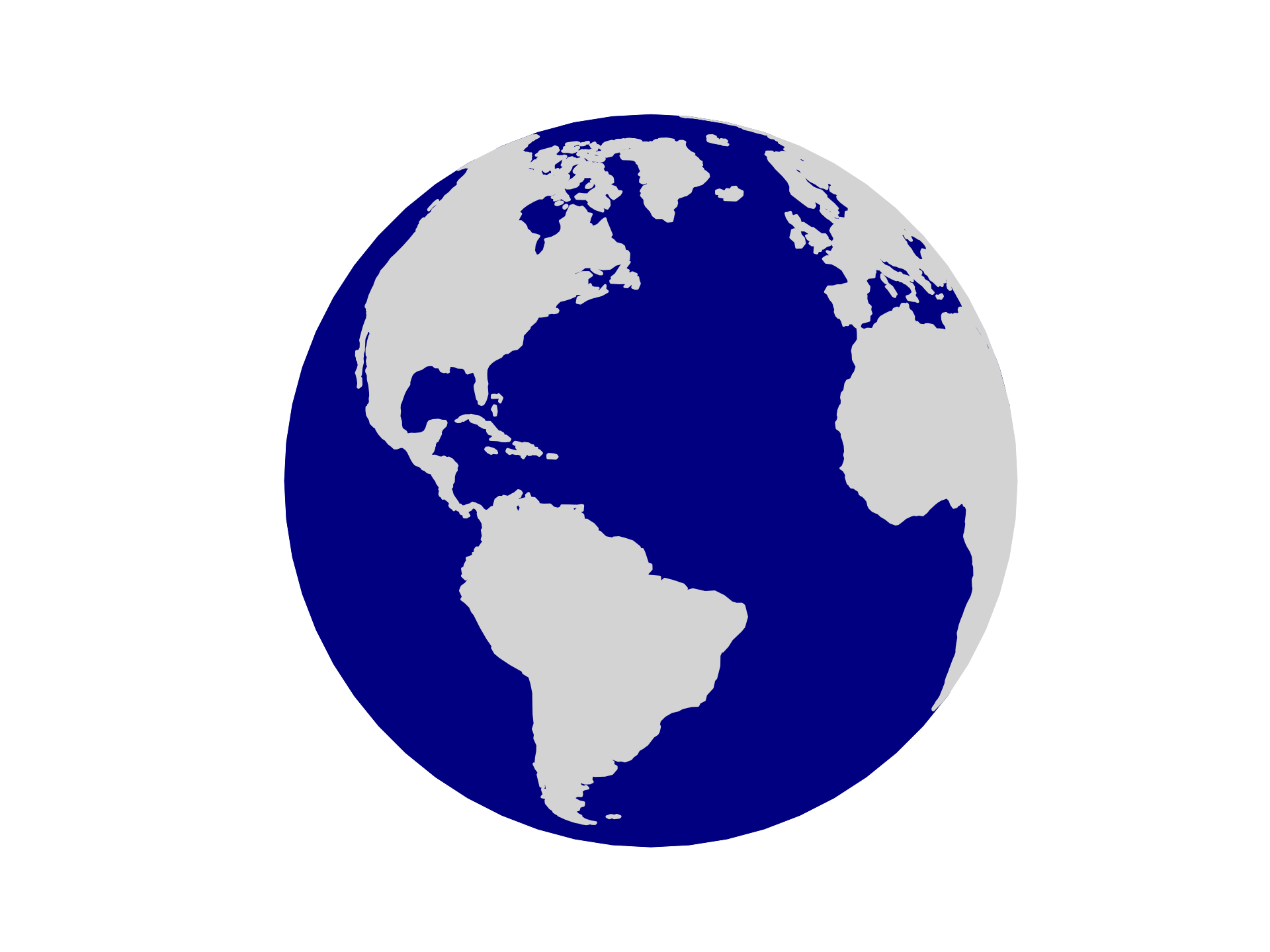
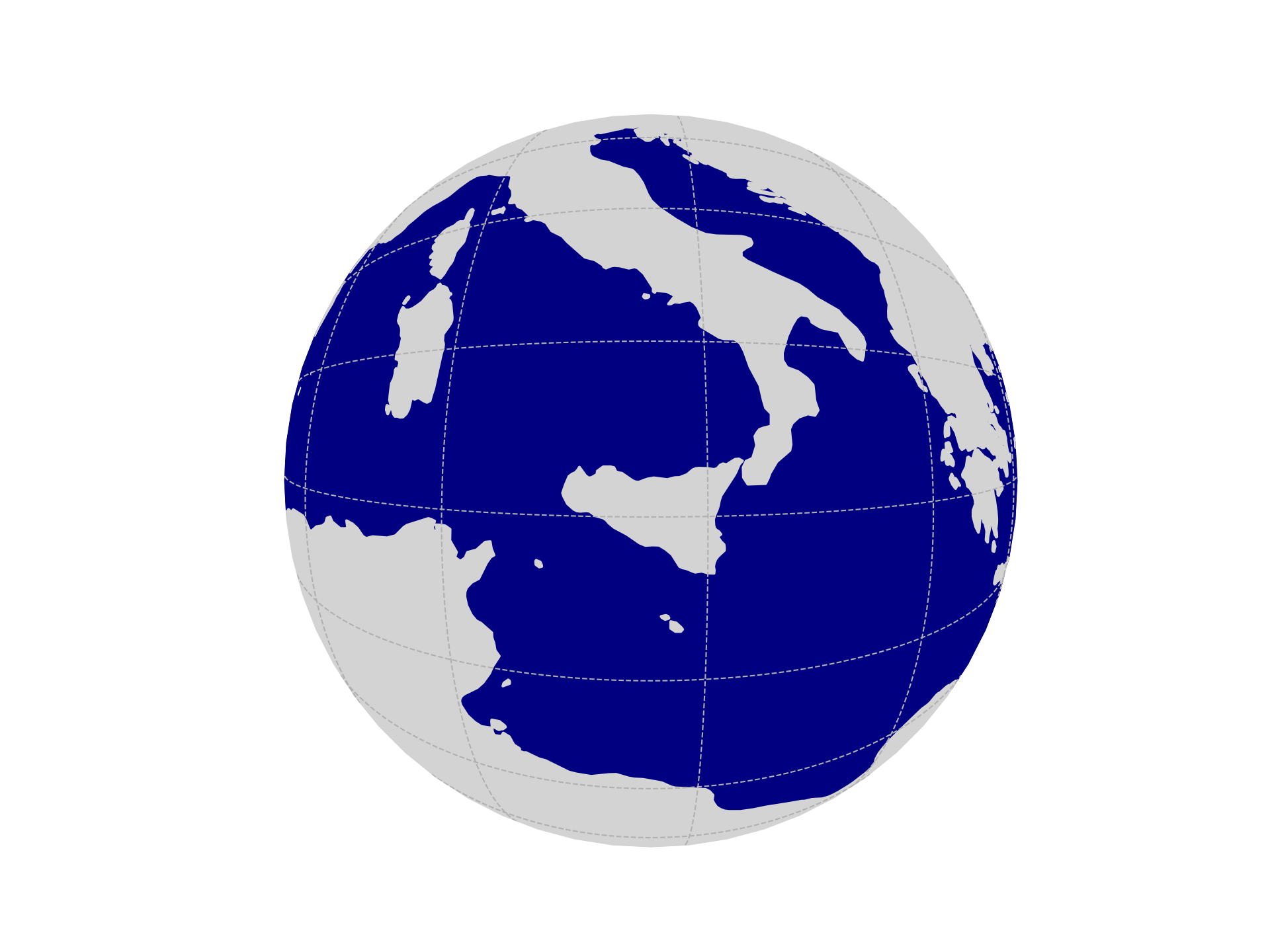
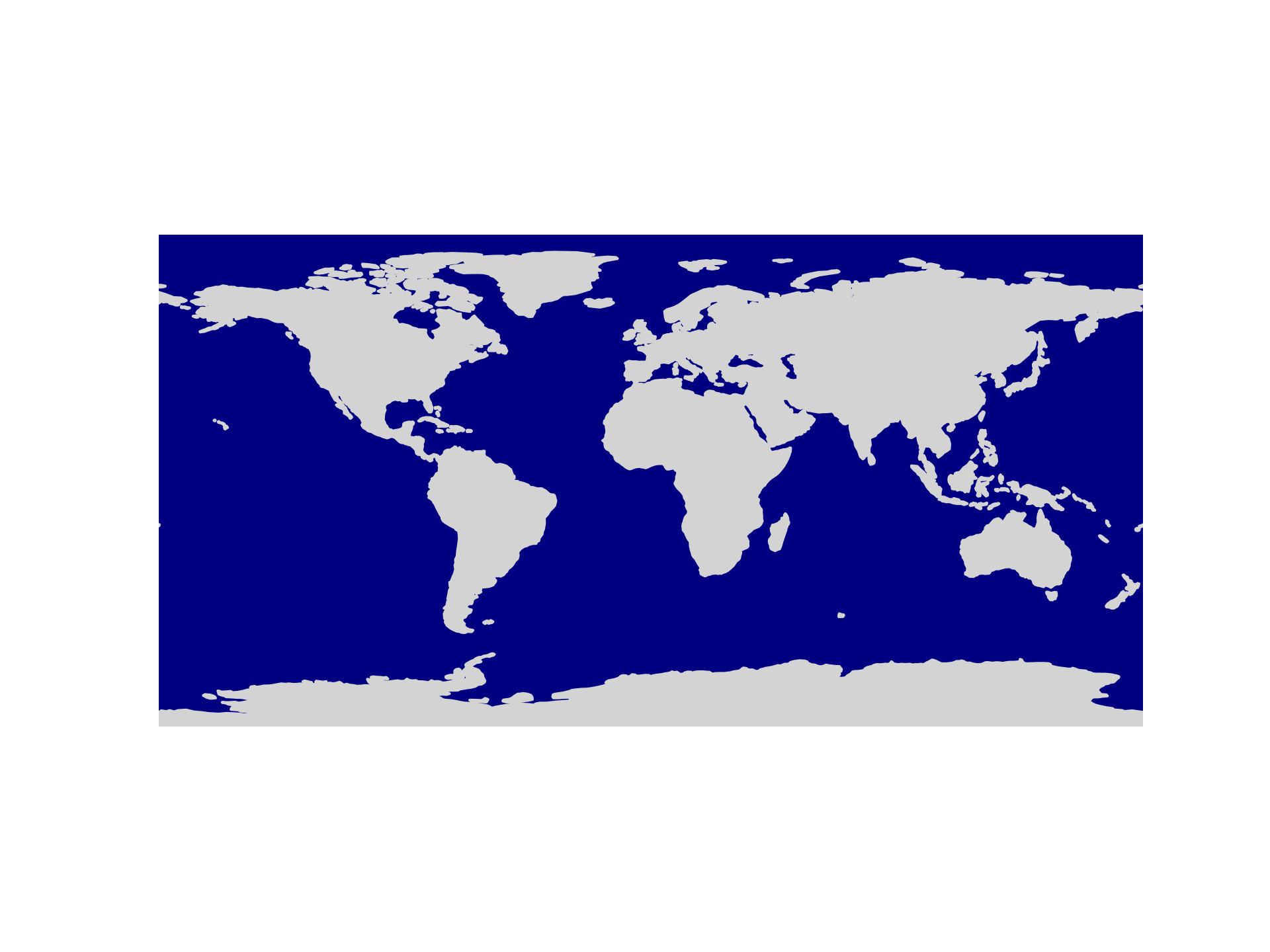
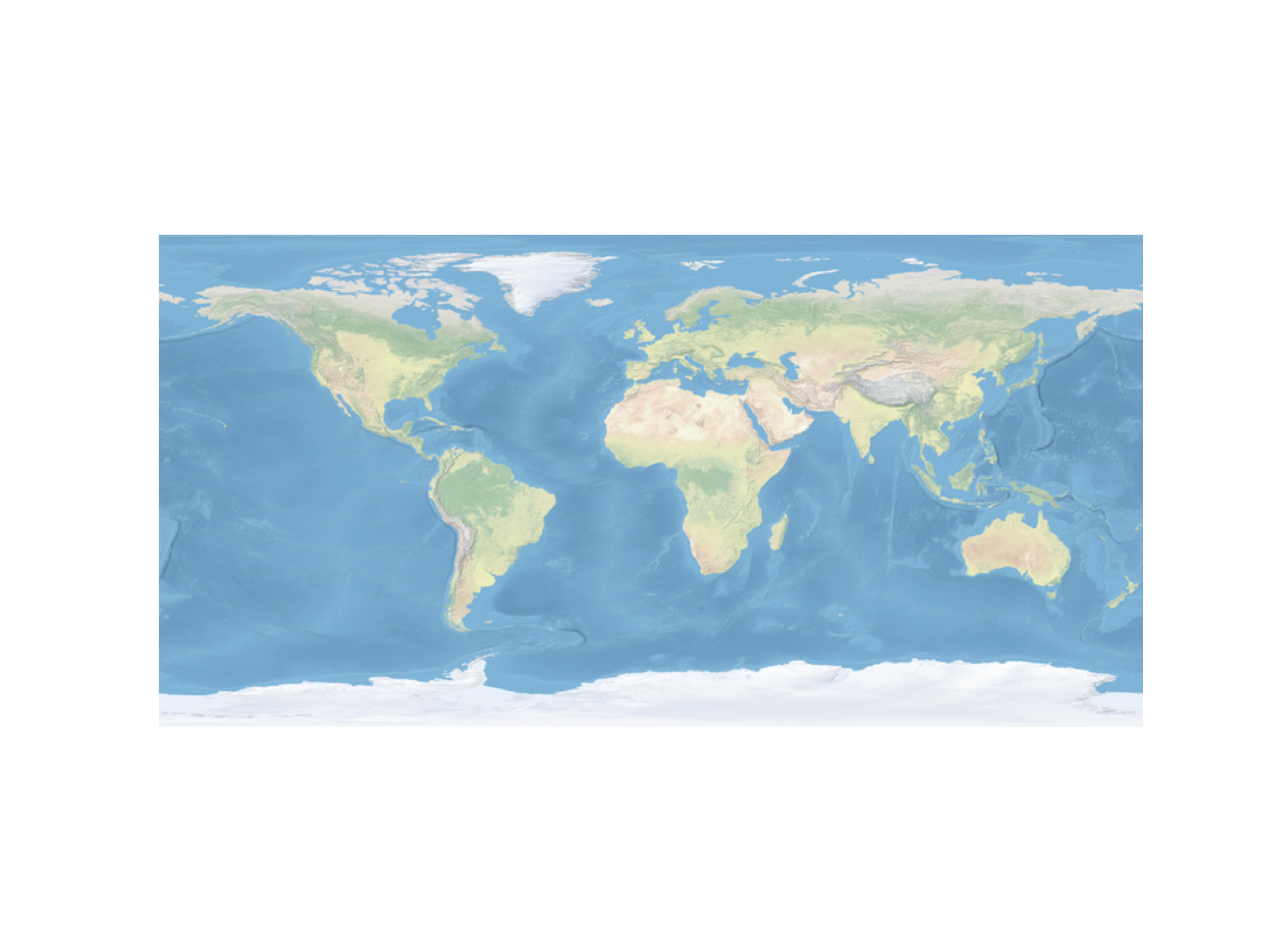
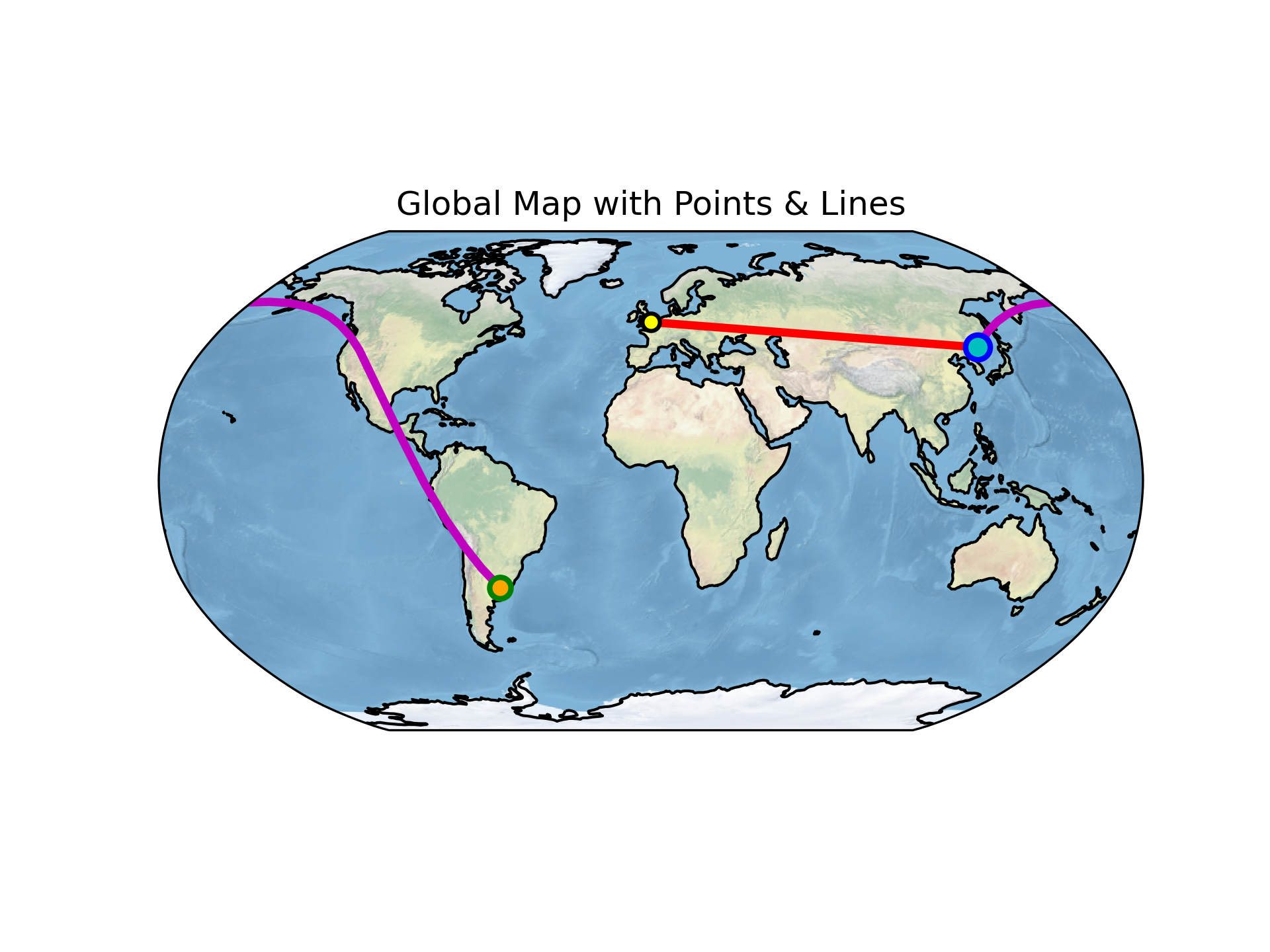
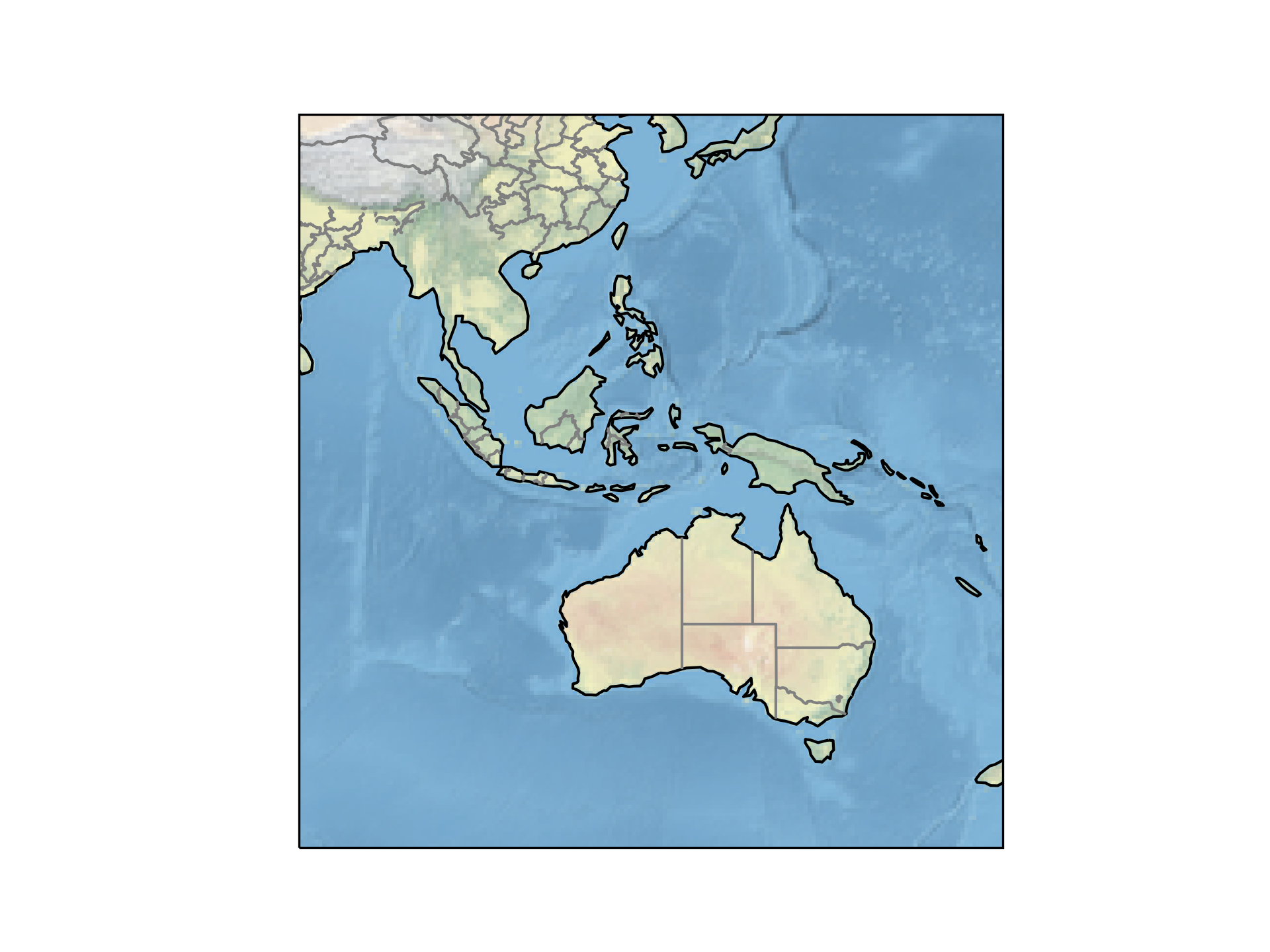
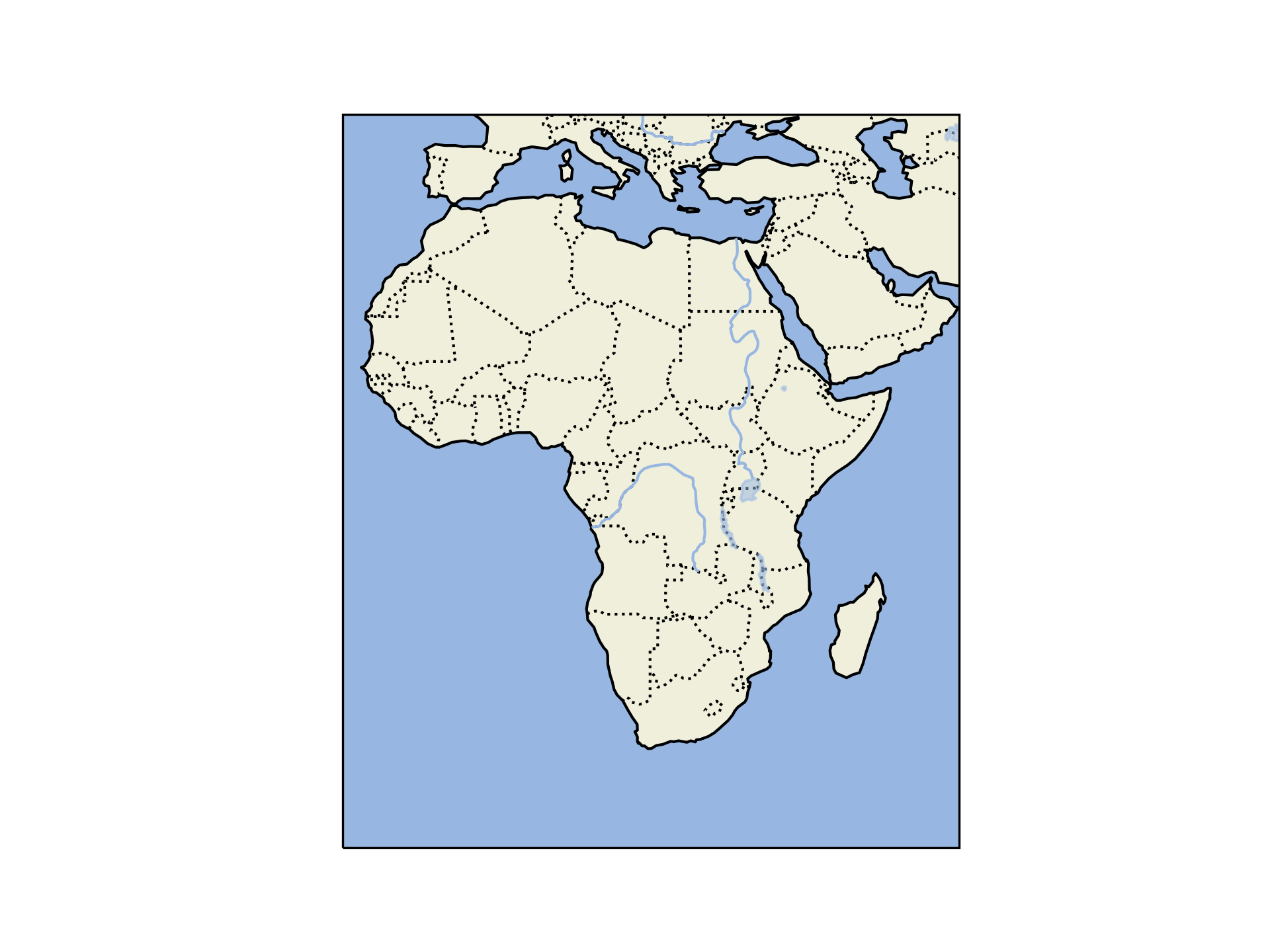
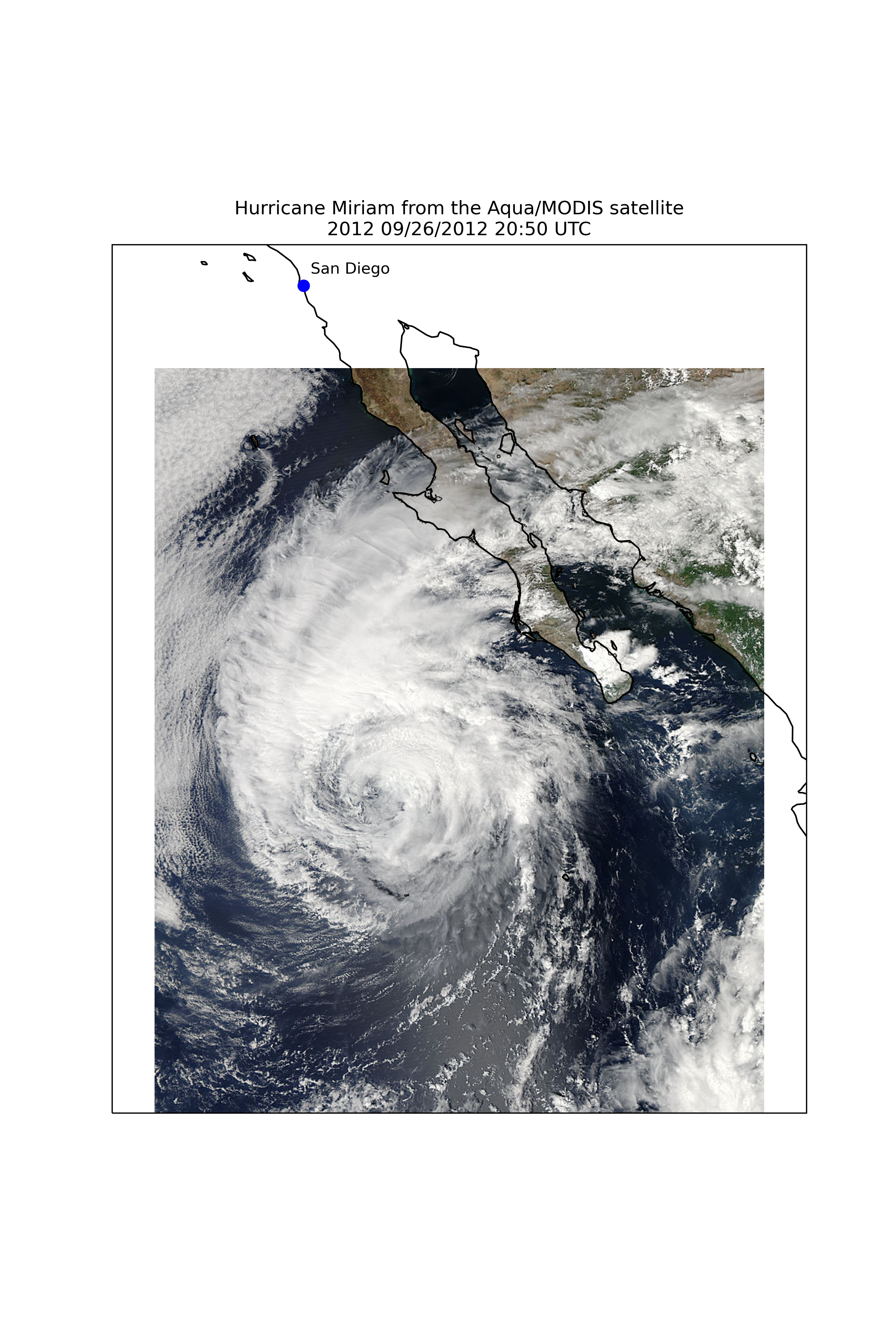
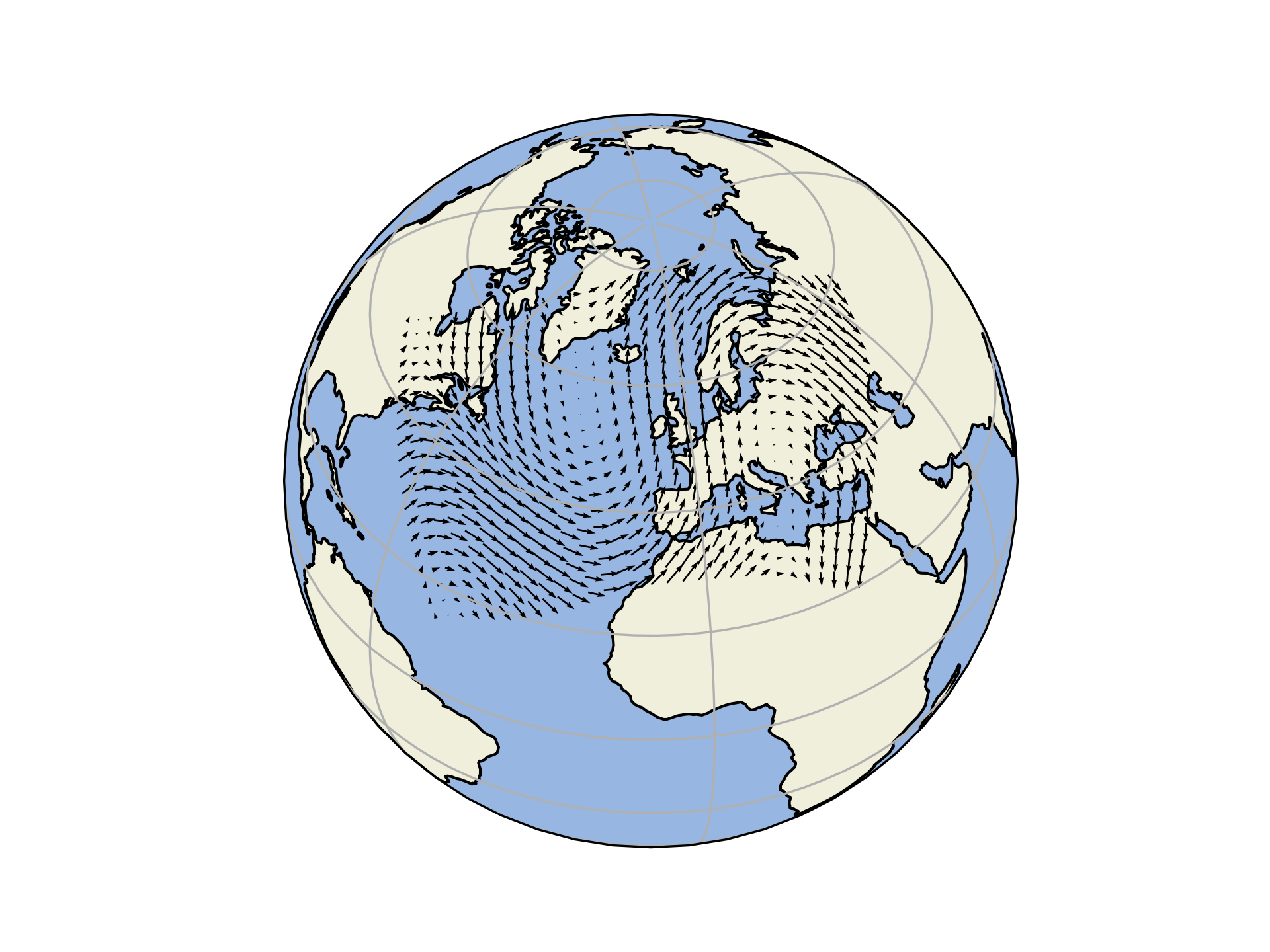
Have not tried other examples yet but the first one needs some correction. Maybe it is an issue of Julia version
Julia versioninfo()
Global Map with Points & Lines (after correction)